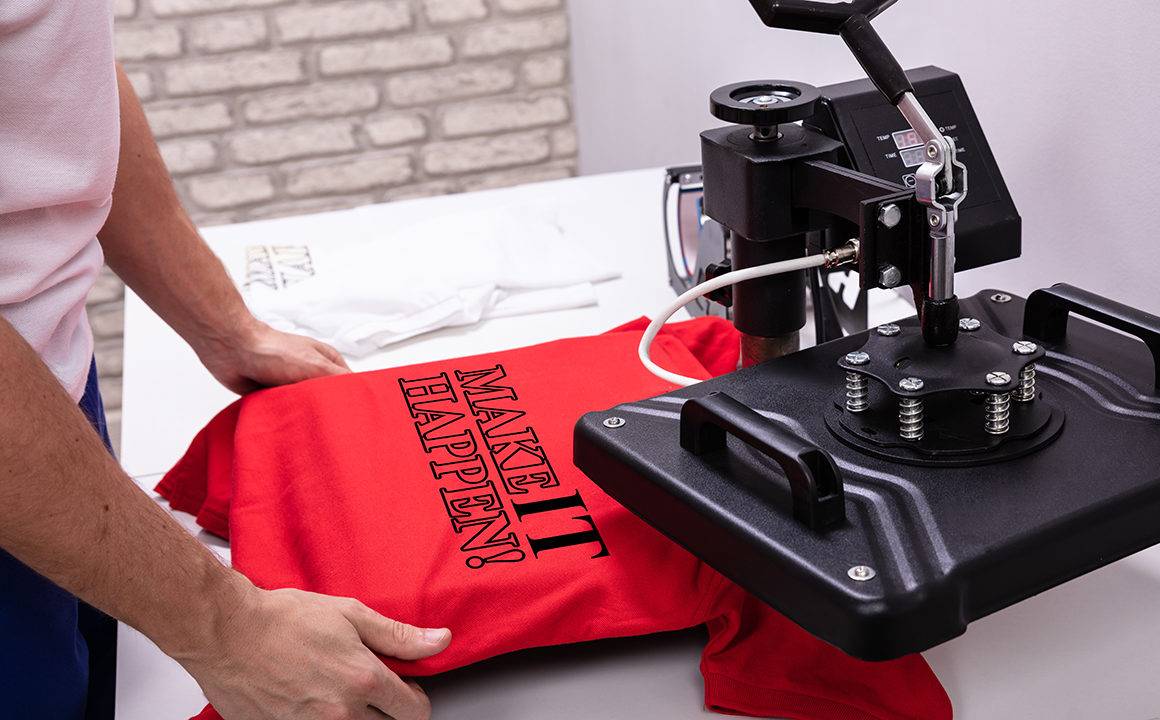Welcome To Our Ultimate Guide To Sublimation Apparel Printing

Get ready for an extraordinary and fascinating encounter with the incredible art of sublimation apparel printing. Our comprehensive and all-encompassing guide is the ultimate resource that will equip you to navigate the intricate process of sublimation printing. This method involves a complicated procedure of printing designs onto fabrics and apparel. By utilizing a combination of specialized transfer paper and sublimation ink, the design is printed onto the fabric using a combination of heat and pressure.
Sublimation printing has become increasingly popular, particularly in the sports industry, due to its ability to create magnificent, full-color designs with unparalleled ease. Our guide covers every aspect of sublimation printing, from the necessary equipment and materials to clever tips for achieving picture-perfect results.
Key Takeaways:
- Sublimation printing involves using sublimation ink and specialized transfer paper to imprint designs onto fabrics and apparel.
- Sublimation ink transforms into a gas when heated, allowing it to enter the fabric’s fibers and establish a permanent bond.
- To begin sublimation printing, you’ll need a sublimation printer, sublimation ink, sublimation transfer paper, and a heat press machine.
- High-quality images and choosing the right substrate are crucial for achieving the best results.
- Sublimation printing offers many benefits, including full-color images, durability, versatility, and cost-effectiveness.
- With a bit of practice and patience, you can create professional-looking designs with ease.
The Sublimation Printing Process
The printing process known as sublimation is rather unlike other common printing methods. While screen printing and heat transfer vinyl rely on inks that stay solid on the fabric, sublimation ink undergoes a transformation into a gas when it is heated. As a result, the ink is able to enter the fabric’s fibers and establish a permanent bond with the material.
Should you wish to begin the sublimation printing process, you’ll first need to design your creation using graphic design software like Adobe Illustrator or Photoshop. After creating the design, you will then need to print it onto special transfer paper using a sublimation printer.
With the transfer paper complete, it’s time to prepare the substrate or the material onto which your design will be transferred. This can be any material that is made of polyester or has a polyester coating, like polyester t-shirts, phone cases, or mugs.
Finally, you can begin transferring the design onto the substrate by placing the transfer paper face-down on the substrate and applying heat and pressure to the two. A heat press machine is commonly used to do this as it warms both the transfer paper and substrate to the right temperature and applies pressure to ensure that the design adheres correctly.
Equipment and Materials Needed for Sublimation Printing
In order to initiate the process of sublimation printing, you must gather some essential elements and resources, such as a sublimation printer, sublimation ink, sublimation transfer paper, and a heat press machine. The sublimation printer is specifically engineered to work in collaboration with sublimation ink, with notable models including the Epson SureColor and Sawgrass Virtuoso. Sublimation ink is an extraordinary form of ink that changes into gas when subjected to heat, enabling it to bond with polyester materials. You can acquire sublimation ink in cartridges compatible with your sublimation printer in an array of colors. Sublimation transfer paper has a unique polymer coating that reacts with sublimation ink when exposed to heat, and helps facilitate the ink’s transfer onto the material. Lastly, a heat press machine is employed to apply heat and pressure to the transfer paper and substrate, allowing the design to adhere onto the material.
Tips and Tricks for Achieving the Best Results
While sublimation printing may seem like an easy process, there are a few sneaky tips and tricks that can really take your results to the next level. For starters, it’s important to use images that are of high quality and have a resolution of at least 300 DPI. This will ensure that your design is crisp and clear when transferred onto your chosen material. Additionally, choosing the right substrate is key – materials made of polyester or those with a polyester coating are best suited for sublimation printing. Before committing to printing your entire design, it’s wise to do a test print to make sure that your settings are just right. You’ll also want to use a cover sheet to protect your transfer paper and substrate from getting damaged in the heat press machine. Finding the right pressure and temperature settings for your heat press will depend on the material you are using, so it’s important to follow the manufacturer’s instructions. Finally, it’s crucial to allow your design to cool completely after transferring it to the substrate, to prevent it from peeling or cracking.
Benefits of Sublimation Printing
The process of sublimation printing is an unparalleled revolution that has rocked the printing industry. This exceptional method outshines other printing techniques by offering a gamut of advantages that are truly noteworthy. One of its most significant benefits is the ability to produce high-quality designs with a complete spectrum of colors onto various materials, including fabrics and apparel, with exceptional ease. Furthermore, sublimation printing creates an enduring bond between the ink and the fabric, resulting in a design that is incredibly resilient and long-lasting. Additionally, this printing technique is highly versatile and can be applied to an extensive range of materials such as ceramic mugs, phone cases, and polyester fabrics. Last but not least, sublimation printing is cost-effective, especially when producing large quantities of high-quality designs on fabrics and apparel.
Conclusion
Sublimation printing is a method of printing that has gained popularity due to its ability to produce vivid, high-quality designs on various fabrics and apparel items. The technique offers full-color images that are long-lasting and robust, making it a popular choice for businesses, individuals, and sports teams.
To achieve excellent results with sublimation printing, you should invest in appropriate materials and equipment and adhere to our recommended tips and tricks. It might take a bit of practice and perseverance, but soon you’ll be able to create professional-looking designs with ease.
We sincerely hope you found our comprehensive guide to sublimation printing helpful and informative, and we encourage you to explore and experiment with this exciting printing technique.
Share via:





Leave a Comment